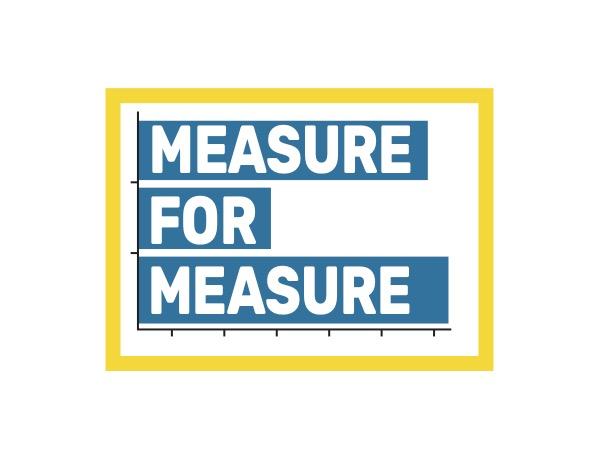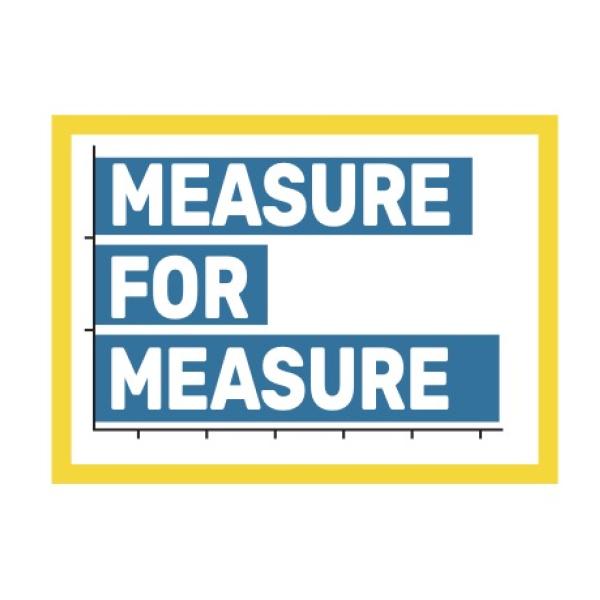Remembering the Works of Stephen Sheppard, Cultural Economist

Last March, we lost a dear colleague and innovator in the field of cultural economics. Stephen Sheppard, a professor of economics at Williams College, died at the age of 69.
This is an overdue attempt to pay some sort of tribute to Dr. Sheppard and his abiding influence. Personally, I got to know him 12 years ago, when the NEA partnered with the Brookings Institution to convene a symposium on “The Arts, New Growth Theory, and Economic Development.” Papers from the event were compiled and edited by Michael Rushton of Indiana University for a book titled Creative Communities: Art Works in Economic Development (2013). Sheppard’s chapter was an essential contribution.
Others have celebrated his skills as a teacher and mentor. I’ll just pause to recognize his co-creation of the Center for Creative Community Development, a Williams-based thinktank that produced economic measurement tools and case studies for local arts organizations. He also conducted one of the first studies supported by the NEA’s research grants program. When last I met Dr. Sheppard, in the summer of 2023, at an international conference of cultural economists, he talked excitedly of his class, “Acquiring Art,” which he co-taught with a senior curator at the Williams College Museum of Art.
He also asked about accessing NEA grants data for a specific research purpose. I’m sorry now that this idea did not evolve into a study. But I’m glad to share a round-up of some of his most memorable articles. See below; in each case, the headline is mine, not his.
Gender Inequities in Market Value: A Problem Affecting Roughly Half of All Visual Artists
Arts Endowment researchers, among others, have long reported on the pay gap between men and women artist workers. The NEA’s most recent analysis showed that women artists working full-time earn $0.80 for every dollar earned by men artists—comparable to the gender pay gap for workers in general. But Sheppard’s research examined how and why, despite women’s strong presence among MFA degree-holders and the visual artist workforce, the work of these artists is sold at global auctions for deeply discounted prices—13-19 percent lower than the prices of works created by men artists, according to “Women artists: gender, ethnicity, origin, and contemporary prices” (2021), a paper he co-authored with Abigail LeBlanc.
Most striking is that the gap persisted even after adjusting for various factors he identified in a large database of art auction records. Those factors included characteristics of the sales made as well as the artworks sold. In particular, the study considered the potential impact of the “content of the images” featured in the artwork. See here to read about the methodology he used to analyze image complexity. It’s a good example of his ability to trek undaunted into other academic disciplines—in this case as far afield as computer science and psychology research.
The Arts in Urban Economies: Spatial Considerations Matter
Right around the time that creative placemaking activities began to coalesce as a NEA grant program area, Sheppard was publishing on how the clustering patterns of nonprofit arts and cultural organizations in a city can affect per-capita GDP (see “Culture Concentrations,” 2014). It is not just the presence of these organizations—and the local economic activity they produce—that contributes to this growth, he noted. It is also the concentration of these organizations in an urban area, a factor that allows them to take advantage of various efficiencies and lower production costs, thus partaking of what are called “agglomeration economies.”
The latter phenomenon had been observed by economists such Ed Glaeser and Richard Florida, but Sheppard gave it a new empirical twist. “Having local cultural nonprofits that are clustered (more dense than all nonprofits) is associated with greater per capita GDP, but so is increasing the median distance between organizations.” He concludes: “this suggests that the spatial structure for cultural nonprofits most conducive to a positive economic impact would be one with several clusters, scattered widely over the urban area.” To conduct his analysis, Sheppard looked at IRS Form 990 data from 375 urban areas, covering a 21-year span.
Economic Growth from the Arts: Local and Long-Term
Most regional studies of the arts’ economic impacts have focused on the so-called multiplier effect: how short-run benefits are realized for local economies, due to increased spending by organizations and consumers. “Causal Shocks and Consequences: the causal link between the arts and economic growth” (2013), co-authored with Peter Pedroni, showed that shifts in arts and cultural production within an urban area have the “capacity to affect steady-state income levels” over the longer term. It is as if the article anticipated the findings of a much later study, by Doug Noonan of Indiana University, showing “a causal link between growth in the creative economy and growth in the broader U.S. economy.”
Commissioned by the National Assembly of State Arts Agencies, and using data from the NEA and the Bureau of Economic Analysis, the 2024 study concluded: “An arts sector that can diversify state economies and rapidly rebound from duress is particularly valuable, as has been seen throughout recoveries from the Great Recession and the COVID-19 pandemic.” The 2013 study, supported by a NEA research grant, applied a different approach. As Sheppard did in “Culture Concentrations,” he and Pedroni constructed a longitudinal panel using nonprofit data from tax filings and metro-level estimates of GDP data for 375 urban areas. Sheppard amplified their findings in a 2014 article for the San Francisco Fed’s journal Community Development Investment Review (now named Community Development Innovation Review). There, he advised: “As community development practitioners continue in their efforts to understand the impacts of [arts and cultural] organizations, it is essential to choose some approaches that can be applied repeatedly over time.” At the level of urban, suburban, rural communities, we still have a long way to go.
Comparing Housing Unit Prices to Measure the Arts’ Impacts: Promises and Perils
Ever an explorer, Sheppard was always willing to tap different methodologies and data sources to pursue a valid research question. I’ve already referenced his foray into image content analysis via computer science, psychology, and other disciplines. He also used social media data (e.g., customer reviews) and upheld “the potential of social network analysis” for leaning about the sector. One methodology to which he devoted much attention was hedonic price analysis, looking, for example, at how local home property values changed when arts or cultural amenities were situated nearby.
Yet hedonic analysis, he cautioned in “Measuring the impact of culture using hedonic analysis” (2010), “provides a lower-bound estimate of a portion of the value of cultural organizations that is realized by the people who actually do reside in the community.” The method reveals “no information about the equity with which the benefits from cultural organizations are distributed,” he wrote. “There may be persons who would realize significant benefits if they were able to have access to the cultural assets of the community, but who do not have the resources to purchase accommodation in the area.” Sheppard explored this tension further in “Why is Gentrification a Problem?” (2012), a question with fresh relevance in an era when the arts were starting to become more fully integrated with community development.
One Sheppard paper I’ve omitted has my favorite title: “Uncorking Expert Reviews with Social Media: A Case Study Served with Wine.” But I raise a glass to toast his legacy.
Sunil Iyengar directs the Office of Research & Analysis at the National Endowment for the Arts.




